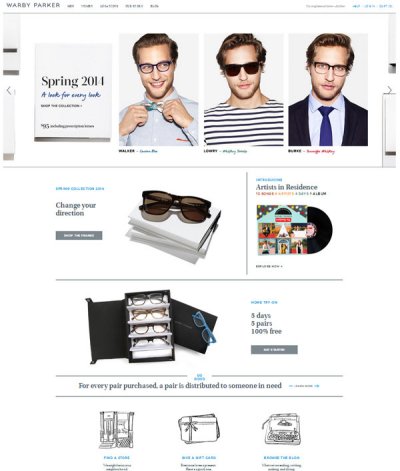US research suggests that launching a new supermarket product typically costs $30 million to $50 million. The risks are high: around 70% of all new brands fail within three years.
The odds may be stacked against you but there are some useful points to consider:
- Does the product or service address an unmet consumer need or customer pain-point?
- What is the brand differentiator? Is it relevant, does it provide utility or convenience?
- Simplicity: from natural ingredients to minimal packaging, simplicity can be a smart strategy
- Think about strategic partnerships which can give credos (and reach) to the brand
- Can the brand support the local community?
- Do not neglect customer service which can be used as a form of marketing to drive word of mouth
So what examples do we have on Warc of brands that got it right? Here are five pieces we’ve pulled out that can help swing the odds back in your favour…
Help Remedies: How Help Remedies turned the pharmaceutical aisle on its head
Help Remedies, a US based boutique pharmaceutical company, launched in 2008. This challenger brand differentiated itself from its competitors by producing products that contain zero artificial coatings or dyes. With this unique USP, the goal was to take the brand from niche to mainstream, with ambitions for global expansion. Simple yet elegant pack design and tone of voice enabled Help to shift the focus from problem, to the solution. This stripped-back approach saw Help achieve 1000% increase in sales in 2011 and 94% sales increase in 2012 and a 150% increase in distribution.

Beyond Dark: Measuring pleasure
This case study describes the launch strategy in the UK for Beyond Dark, the chocolate brand. A fiercely crowded category, Beyond Dark needed to raise awareness and build brand equity. The brand collaborated with a team of neuroscientists to conduct a study that attempted to measure the concept of pleasure – giving the brand the opportunity to ‘own’ this space. The strategy worked: the study made headline news and sales immediately surged 50% on the day of the news, Twitter followers soared from 145 to over 7,000 and after two months sales had risen by 327%.
iögo: The new way to say yoghurt
This case study describes a campaign in Canada to launch iögo, a new yoghurt brand owned by Ultima Food. Responding to consumers’ desire for shorter labels and ingredients they could understand, iögo would be the first and the only major Canadian brand to offer a complete line of yogurts free of gelatin, colours or artificial flavours. A challenger brand, Iögo, created a distinct brand personality based on real values, emphasising its heritage, cooperative values, local ownership and its special connection with local farmers. A winning strategy, iögo achieved a 9.6% market share in only three months, with national awareness of 74% amongst yoghurt consumers.
BEAR, a dried fruit brand, launched in 2009 in the UK. A focus on stripped back ingredients created brand differentiation – BEAR products contain no added sugar, preservatives, concentrates, stabilisers and no harmful pesticides – a rarity in the category. The BEAR character was created and given a straight-talking, offbeat and humourous tone of voice. The “nothing but naked nature” brand identity helped BEAR achieve rapid sales growth from £0 to £6.4m in 3 years and increased distribution from fewer than 500 to more than 1,000 stockists. BEAR has partnered with the National Geographic Kids to host Wild Night Out (a family event to promote the great outdoors) and he is also helping schools set up BEAR clubs to educate kids about healthy eating.

How Warby Parker disrupted the eyewear category
Warby Parker, the US eyewear retailer, launched an online business in 2009 which put customer service, distinctive style and good value at the heart of its strategy. According to Neil Blumenthal, Warby Parker's ceo/co-founder, “the problem was that buying glasses was too expensive and not fun". So Warby Parker sent customers dummy frames of their choice to trial at home, hence simplifying the path to purchase. Customer service videos were produced and became a form of marketing. Word of mouth took off and the brand hit first year sales targets in three weeks; sold top 15 styles in four weeks and has opened several physical stores.

Warc subscribers may like to browse the Brand Launches Topic Page for more on this subject.

